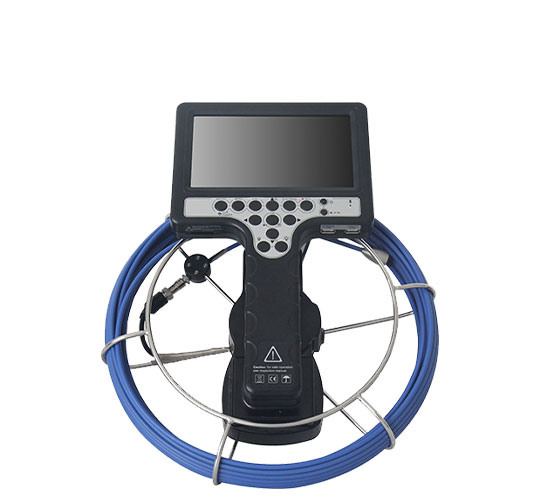Owners of German cars are often enthusiasts who possess specific knowledge and are interested in understanding car maintenance. Recently, some drivers discussed their concerns about corrosion spots on the engine and generator covers of BMW 3 Series vehicles, questioning whether it would impact safety. The answer is no!

The surfaces of the engine and generator lack the organic material needed for mold growth, so the spots are not mold. These components are made from aluminum alloy die castings. After being cast, an oxide film forms on the surface, which protects the internal aluminum from further oxidation. However, aluminum alloy die castings can have a porous microstructure with various metal or non-metal inclusions, and the oxide film may have imperfections, such as gaps or cracks, that allow corrosive substances to penetrate and cause corrosion. This corrosion manifests as aluminum oxides in powder or fiber form. Additionally, the different color of oxides from elements like copper within the aluminum alloy can resemble mold, but it’s actually surface oxidation. The spots are, in essence, oxidation corrosion on the aluminum alloy die-cast surface. These details are not visible to the naked eye and require the use of a car endoscope for examination.
Many car owners wonder how to inspect their vehicle’s engine. The process involves checking the entire space systematically, including the engine, generator, oil circuits, and control sensing circuits. If available, periscopes and endoscopes can assist with this inspection. These tools can be purchased from manufacturers found through Baidu and are relatively affordable. Start by opening the engine cover and inspecting the connecting parts and metal surfaces. The external corrosion of these aluminum alloy components has minimal impact on vehicle performance and can be significantly slowed down with regular cleaning and inspection.
It’s important to avoid spills when adding oil or other fluids to prevent them from dripping onto the metal components. If spills occur, clean them promptly. During rainy, snowy, or icy weather, it’s crucial to wash and dry the vehicle, including the engine compartment, as acid rain, suspended particles, sulfur, and dust can accelerate corrosion. Additionally, in cold weather, the road salt used to melt snow can be corrosive, so cleaning the car’s body and chassis after driving is recommended. Regular washing helps maintain the vehicle’s condition.
As knowledgeable car owners, we should use endoscopes to conduct regular inspections of the engine compartment.

